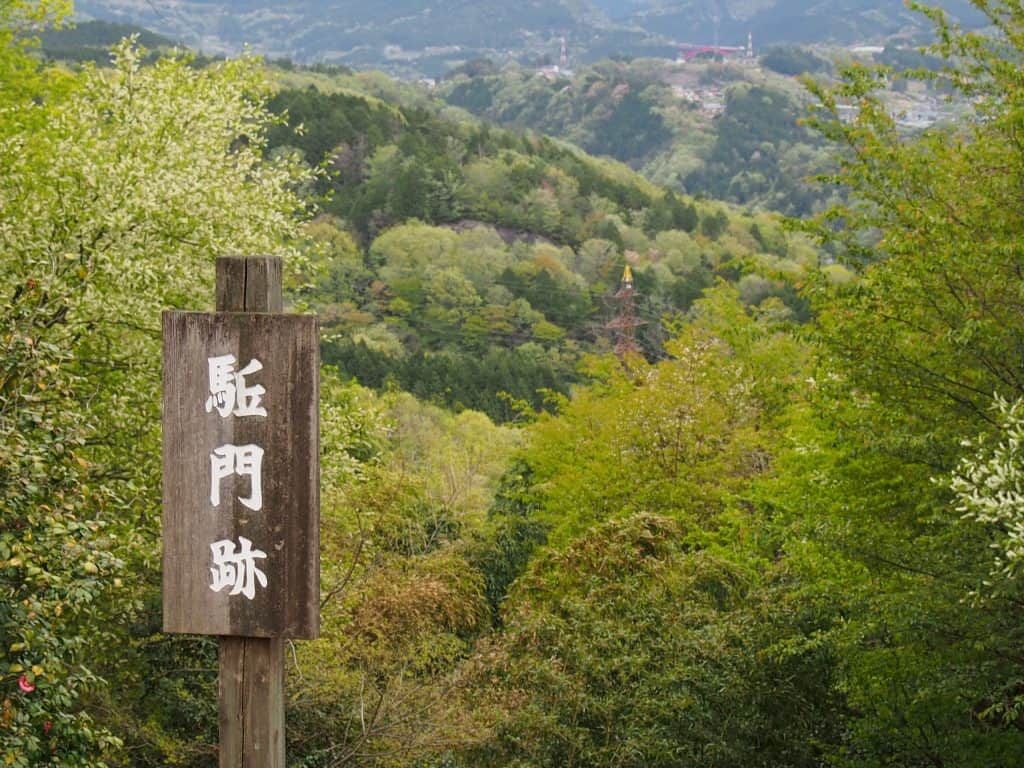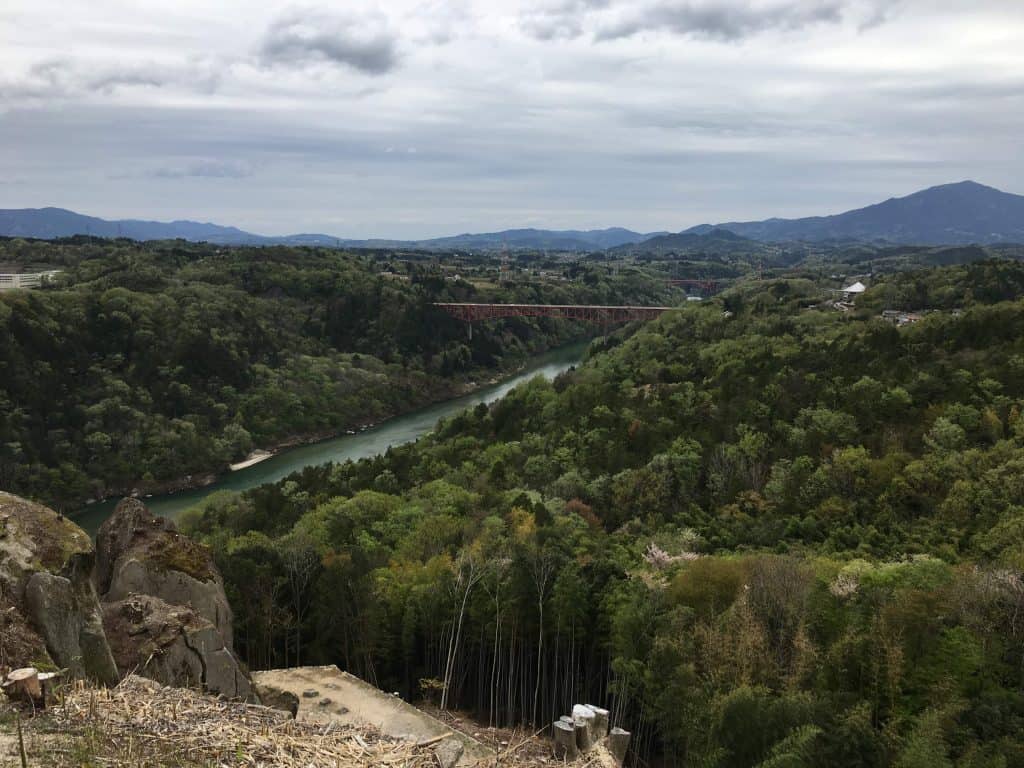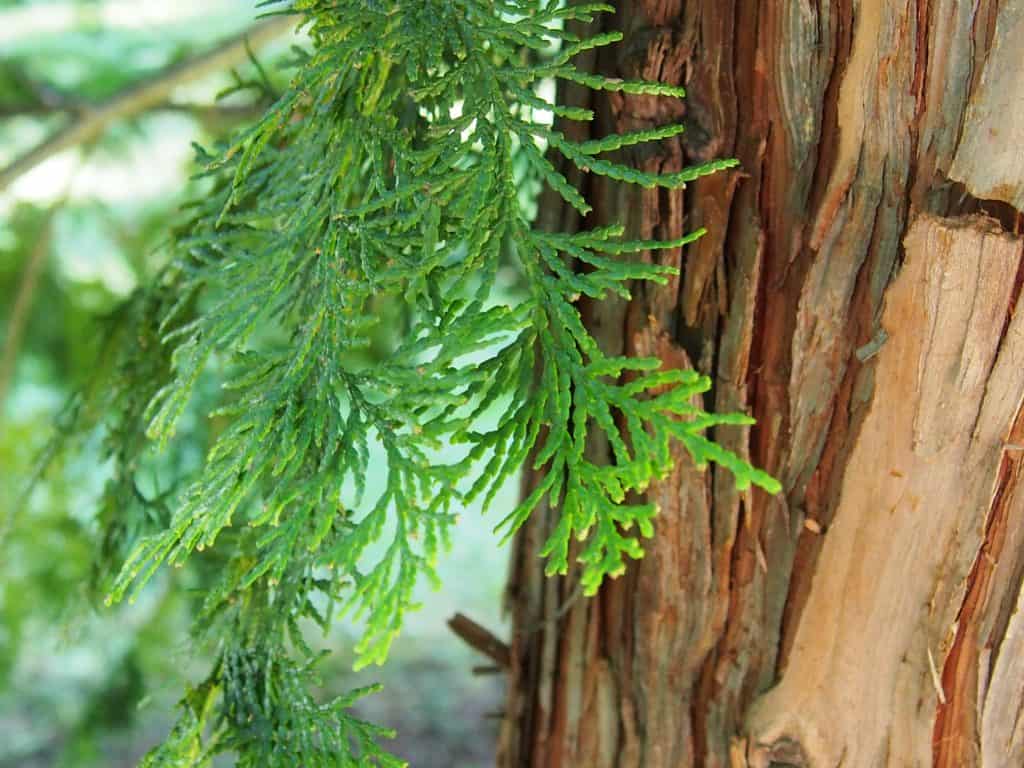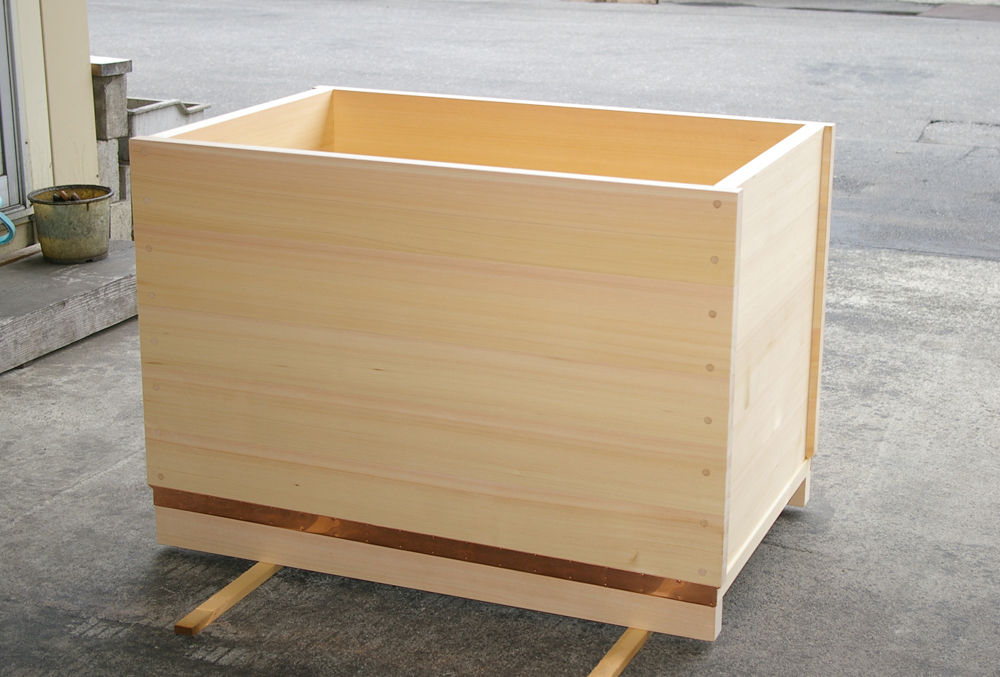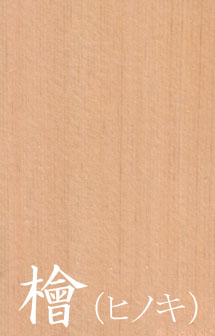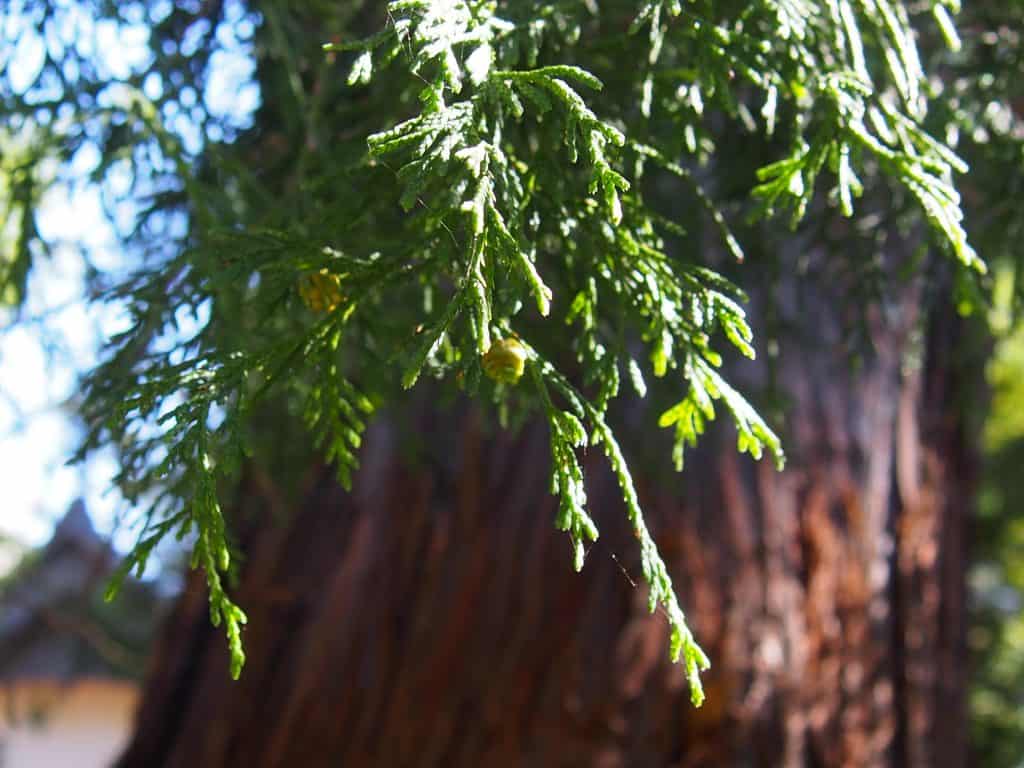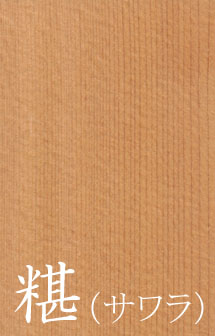Wandering the Nakasendo
According to the newspaper it’s popular among tourists to hike the Nakasendo trail between Magome and Tsumago post towns. We opted for the easy way – rented a car. But still, the views were stunning and having a car afforded us the opportunity to see more than just the trail towns.
The Nakasendo is an ancient foot highway that connected Tokyo (or Edo as it was known then) with the rest of Japan to the west. Follow the whole road and you will eventually arrive in Kyoto. It dates back to the 1700s.
Our interest in this area stems from two things: we enjoy learning about and appreciating Japanese history; and we are enamoured with the forests of Japan. The portion of the Nakasendo which is best preserved is in a geographic area called the Kiso Valley. In this area you will see the massive forests of conifer trees, Japanese hinoki (Chamaecyparis obtusa), sawara (Chamaecyparis pisifera ). These are just two of the Five Sacred Trees of Kiso which are favoured by bathmakers.
We started our trip in Nagoya, which is centrally located between Osaka and Tokyo. It made a convenient meeting point for our party of three. Getting an early start towards Gifu prefecture was made easier for being only an hour or so away.
Day One
We took an express train from Nagoya station to Ena station. We had arranged to pick up our car from Ena. The map showed where the rental place was but we were not sure if it was walkable or a taxi was a better idea. Calling into the Ena Tourist Information centre gave us our answer (taxi) and a whole host of other information.
Following the advice of the Tourist Info Centre, we spent the morning walking along a part of the Nakasendo that isn’t as well preserved as what we would later see, but still a nice stroll with enough interesting facts to get us excited about the rest of the trip.
After lunch, we took in the view from the Shinonomeo Bridge, which overlooks the Kiso River. With free parking nearby and quite an elevation, this was a great tidbit to learn.
You can see how high we were because look at the tiny car on the right! And this was our first glimpse at the forests!
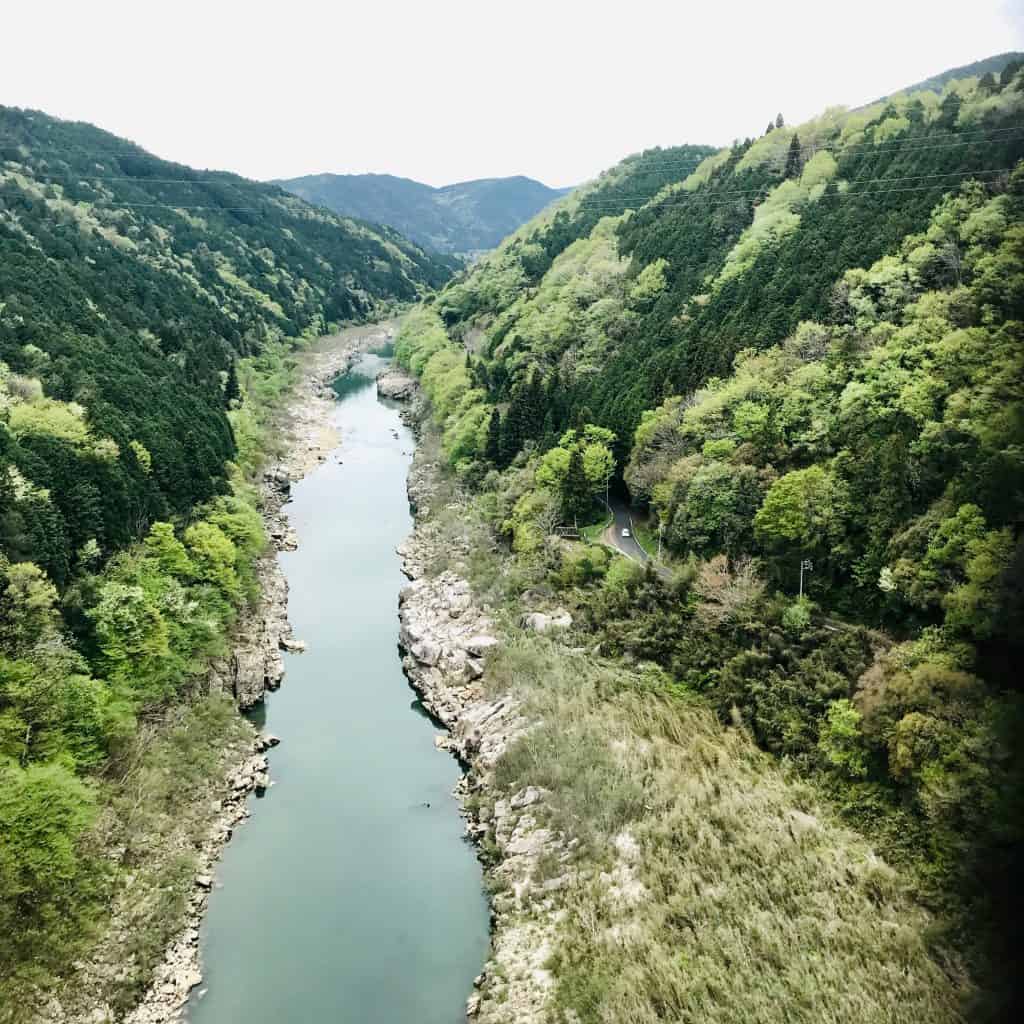
Our next stop was the ruins of the Naegi Castle. This time we were immersed in the forests and got to experience the feeling of shinrin yoku briefly (forest bathing), although being a public holiday it was busier than usual.
The short hike from the carpark was worth it. Look at the views over the Kiso Valley! Look at the trees!
Day Two
The first post town of significance we visited was the beautifully preserved Magome Juku.
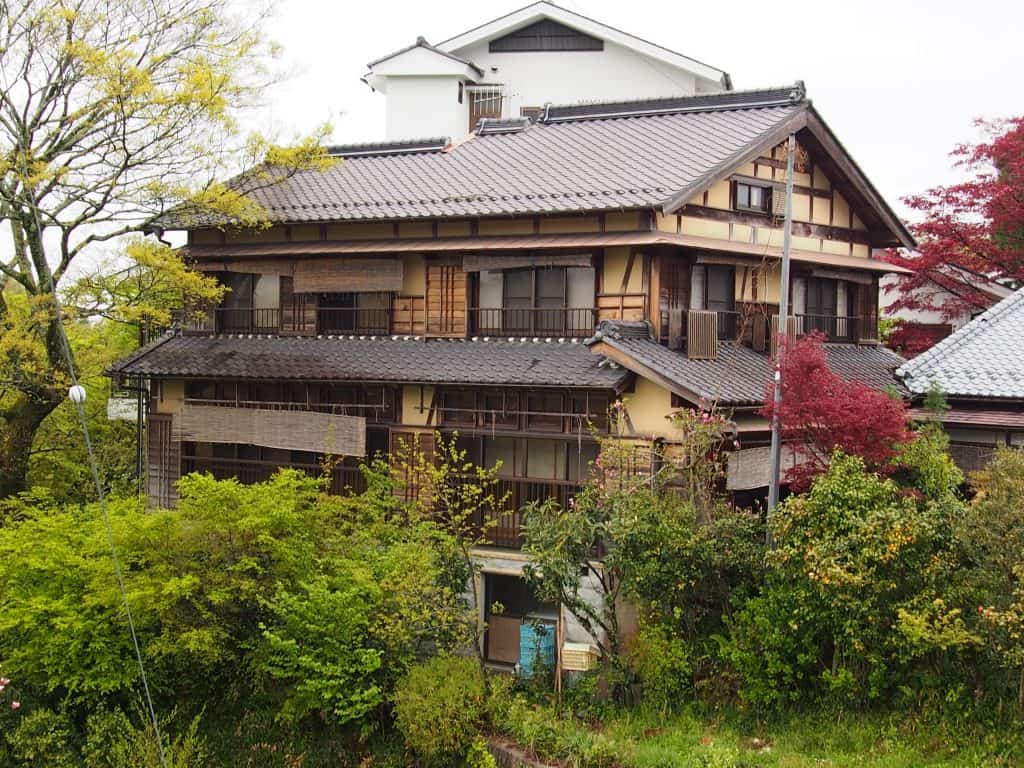
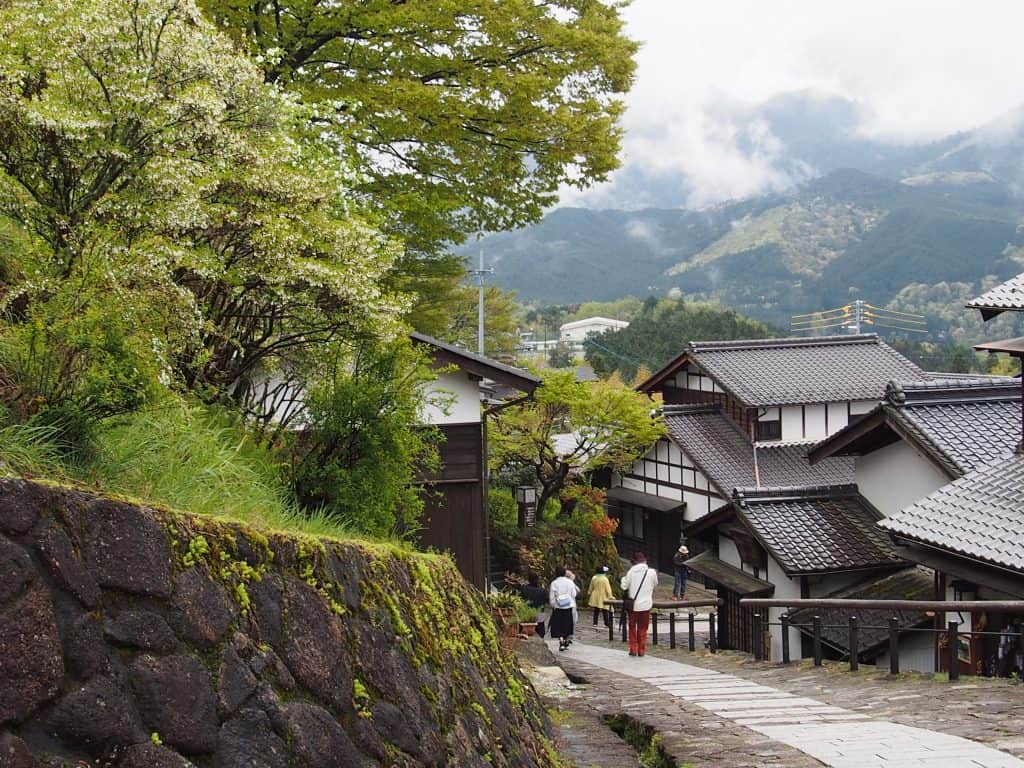


Our next stop was Tsumago Juku. One of our favourite places was the old school – built from wood of course! It closed in the late nineties.

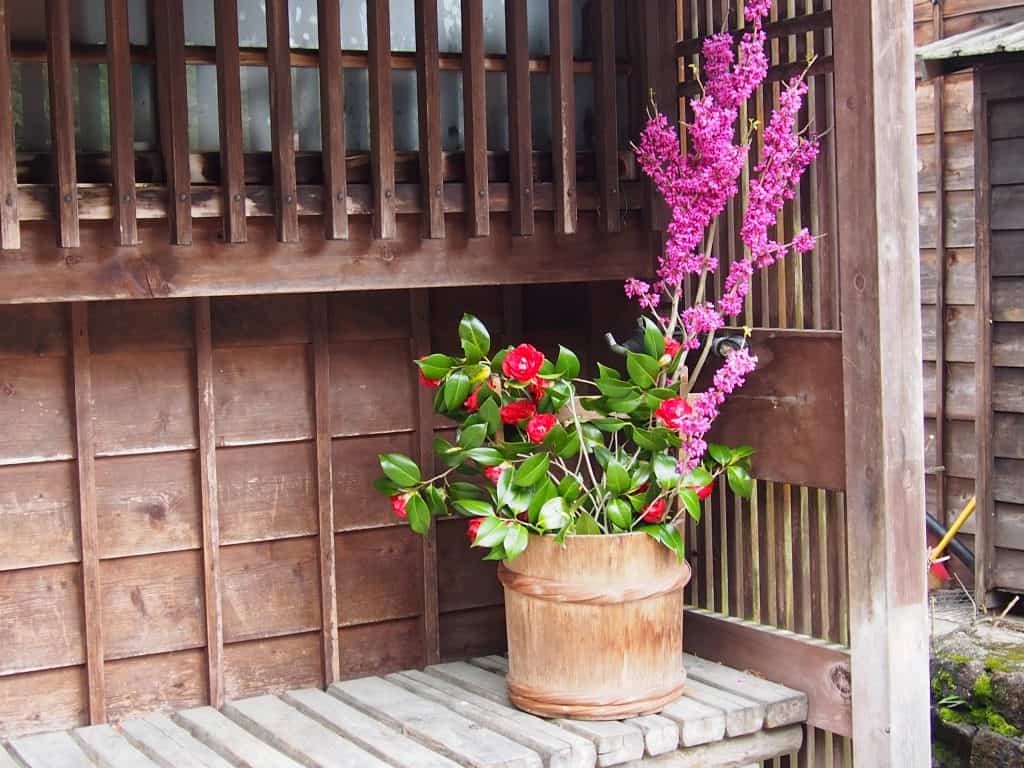
A lot of effort has gone into preserving this area and piece of Japanese history. According to Wikipedia the area prospered until a major vehicle highway in the area bypassed the towns. Facing demise and economic ruin a few of the towns’ forefathers elected to renovate the old houses and buildings. In 1987 the central government granted them historic status.
This whole area is fascinating especially if you’ve come to Japan and are hoping to see some history but are feeling overwhelmed by the number of temples and shrines. The Nakasendo / Kiso Valley area is very much a piece of history with roots in commercialism – the trade routes of Japan. It makes for a nice change of pace because it’s more recent history than the temples which date back thousands of years. It’s actually possible to imagine walking along these routes, stopping for a night in a ryokan inn, grabbing a plate of local soba. I highly recommend you visit!

In my next post I will talk more about the trees, forests and how important they are both now and then, to the ofuro makers, such as Bartok design.
If you are interested in tracing our route please take a look at the custom map I created on Google maps of our stops. I am more than happy to give more information on anything. -Jacqui (Bartok design team member)
https://goo.gl/maps/wv9v81eWKyu5bu9x8
